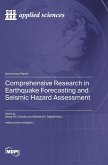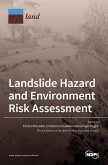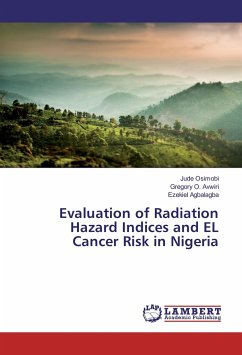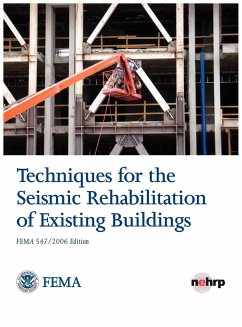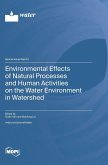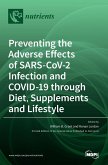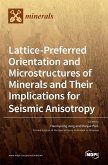The devastating effects caused by the recent catastrophic earthquakes that took place all over the world from Japan, New Zealand, to Chile, as well as those occurring in the Mediterranean basin, have once again shown that ground motion, although a serious source of direct damage, is not the only parameter to be considered, with most damage being the result of coseismic geological effects that are directly connected to the earthquake source or caused by ground shaking. The primary environmental effects induced by earthquakes as well as the secondary effects (sensu Environmental Seismic Intensity - ESI 2007 scale) must be considered for a more correct and complete evaluation of seismic hazards, at both regional and local scales. This Special Issue aims to collect all contributions that, using different methodologies, integrate new data produced with multi-disciplinary and innovative methods. These methodologies are essential for the identification and characterization of seismically active areas, and for the development of new hazard models, obtained using different survey techniques. The topic attracted a lot of interest, 19 peer-reviewed articles were collected; moreover, different areas of the world have been analyzed through these methodologies: Italy, USA, Spain, Australia, Ecuador, Guatemala, South Korea, Kyrgyzstan, Mongolia, Russia, China, Japan, and Nepal.
Hinweis: Dieser Artikel kann nur an eine deutsche Lieferadresse ausgeliefert werden.
Hinweis: Dieser Artikel kann nur an eine deutsche Lieferadresse ausgeliefert werden.


